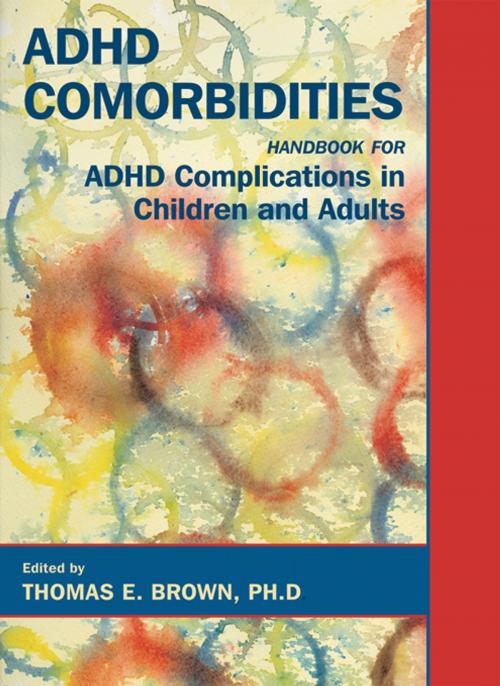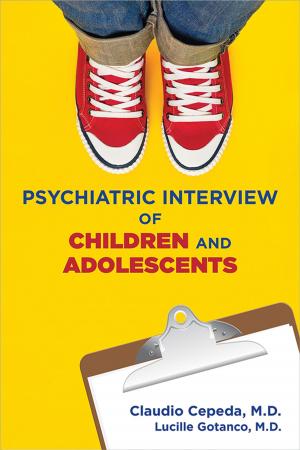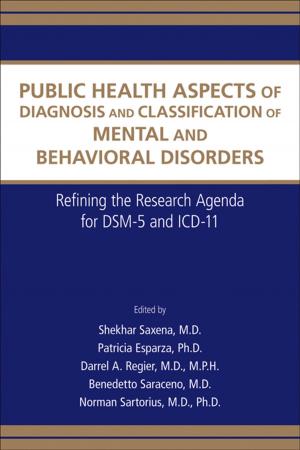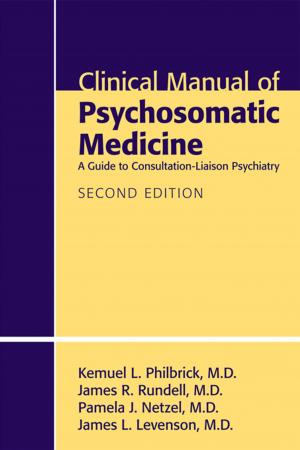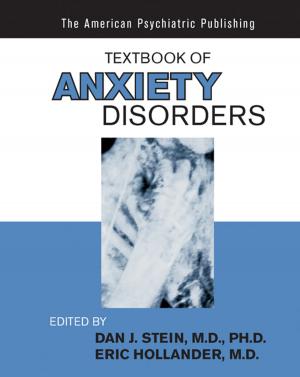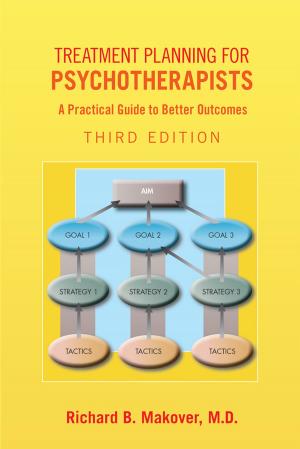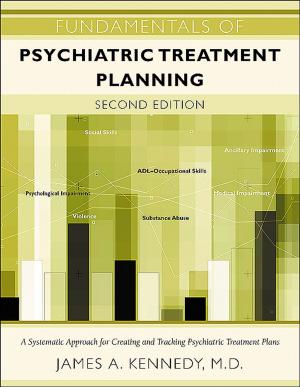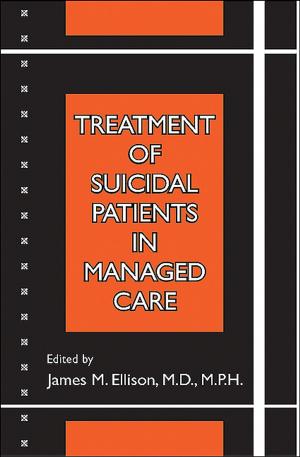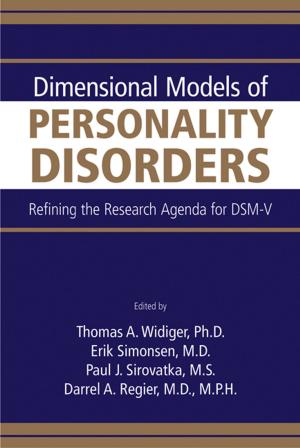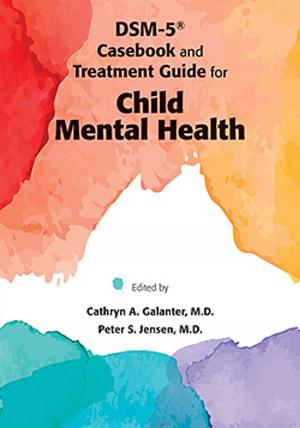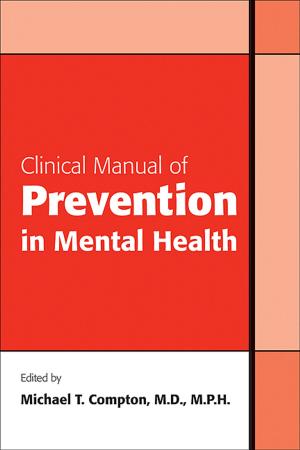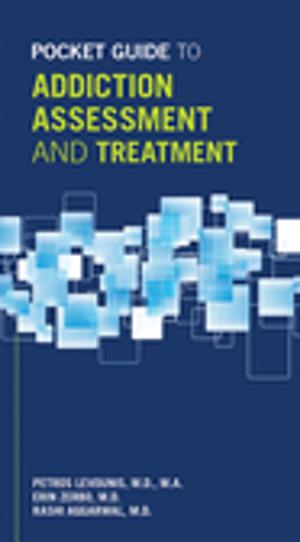ADHD Comorbidities
Handbook for ADHD Complications in Children and Adults
Nonfiction, Health & Well Being, Psychology, Psychiatry, Medical, Specialties| Author: | ISBN: | 9781585628339 | |
| Publisher: | American Psychiatric Publishing | Publication: | December 10, 2008 |
| Imprint: | American Psychiatric Association Publishing | Language: | English |
| Author: | |
| ISBN: | 9781585628339 |
| Publisher: | American Psychiatric Publishing |
| Publication: | December 10, 2008 |
| Imprint: | American Psychiatric Association Publishing |
| Language: | English |
Many books address various aspects of ADHD -- but ADHD Comorbidities: Handbook for ADHD Complications in Children and Adults is the only one that covers the multiple ways in which ADHD is complicated by other psychiatric and learning disorders in both children and adults. It features comprehensive, research-based information on the condition and its full range of comorbidities, from mood disorders to developmental coordination disorder, written by researcher-clinicians familiar with the complications that these additional disorders pose. The authors summarize in accessible language what is currently known about ADHD and its comorbidities from preschool age to adulthood, describing how ADHD produces different profiles at different stages of development.
The book offers a new paradigm for understanding ADHD, viewing it not as a simple behavior disorder but as a complex developmental impairment of executive functions in the brain. In describing combinations of disorders in various age groups, this effective guide shows that significant impairments can occur in adolescence and adulthood, when individuals face increased demands for self-management. And because adults with ADHD are likely to have at least one additional psychiatric disorder at some point in their lives, this handbook also describes how to adjust treatment strategies for both ADHD and additional disorders to reduce the impairments resulting from comorbidity. Among the book's features: It reviews aspects of ADHD not only for elementary-school children, adolescents, and adults but also for preschoolers, giving ADHD developmental context by describing how symptoms in preschool years differ from those in older children Eleven chapters offer practical clinical help for patients whose ADHD appears in combination with other disorders, including aggression, mood disorders, obsessive/compulsive disorders, substance abuse, Tourette syndrome, and the autistic/Asperger's disorder spectrum. It presents guidelines for assessing and treating complicated ADHD, including psychopharmacological treatment, psychosocial treatment, cognitive therapy, and tailoring treatment to individuals and their families. It provides guidance on adapting and adjusting medications and other interventions to optimize treatment effects for the wide diversity of complex cases that embody ADHD. It contains useful information about how to discern other disorders when the chief complaint suggests ADHD -- and how to detect ADHD when the patient's presentation has been modified by the presence of other disorders.
With its comprehensive summaries of research and wealth of clinical guidance, this handbook clearly shows how attentional disorders are related to other conditions and how patients with these more complex variants of ADD can be more effectively recognized and treated.
Many books address various aspects of ADHD -- but ADHD Comorbidities: Handbook for ADHD Complications in Children and Adults is the only one that covers the multiple ways in which ADHD is complicated by other psychiatric and learning disorders in both children and adults. It features comprehensive, research-based information on the condition and its full range of comorbidities, from mood disorders to developmental coordination disorder, written by researcher-clinicians familiar with the complications that these additional disorders pose. The authors summarize in accessible language what is currently known about ADHD and its comorbidities from preschool age to adulthood, describing how ADHD produces different profiles at different stages of development.
The book offers a new paradigm for understanding ADHD, viewing it not as a simple behavior disorder but as a complex developmental impairment of executive functions in the brain. In describing combinations of disorders in various age groups, this effective guide shows that significant impairments can occur in adolescence and adulthood, when individuals face increased demands for self-management. And because adults with ADHD are likely to have at least one additional psychiatric disorder at some point in their lives, this handbook also describes how to adjust treatment strategies for both ADHD and additional disorders to reduce the impairments resulting from comorbidity. Among the book's features: It reviews aspects of ADHD not only for elementary-school children, adolescents, and adults but also for preschoolers, giving ADHD developmental context by describing how symptoms in preschool years differ from those in older children Eleven chapters offer practical clinical help for patients whose ADHD appears in combination with other disorders, including aggression, mood disorders, obsessive/compulsive disorders, substance abuse, Tourette syndrome, and the autistic/Asperger's disorder spectrum. It presents guidelines for assessing and treating complicated ADHD, including psychopharmacological treatment, psychosocial treatment, cognitive therapy, and tailoring treatment to individuals and their families. It provides guidance on adapting and adjusting medications and other interventions to optimize treatment effects for the wide diversity of complex cases that embody ADHD. It contains useful information about how to discern other disorders when the chief complaint suggests ADHD -- and how to detect ADHD when the patient's presentation has been modified by the presence of other disorders.
With its comprehensive summaries of research and wealth of clinical guidance, this handbook clearly shows how attentional disorders are related to other conditions and how patients with these more complex variants of ADD can be more effectively recognized and treated.
